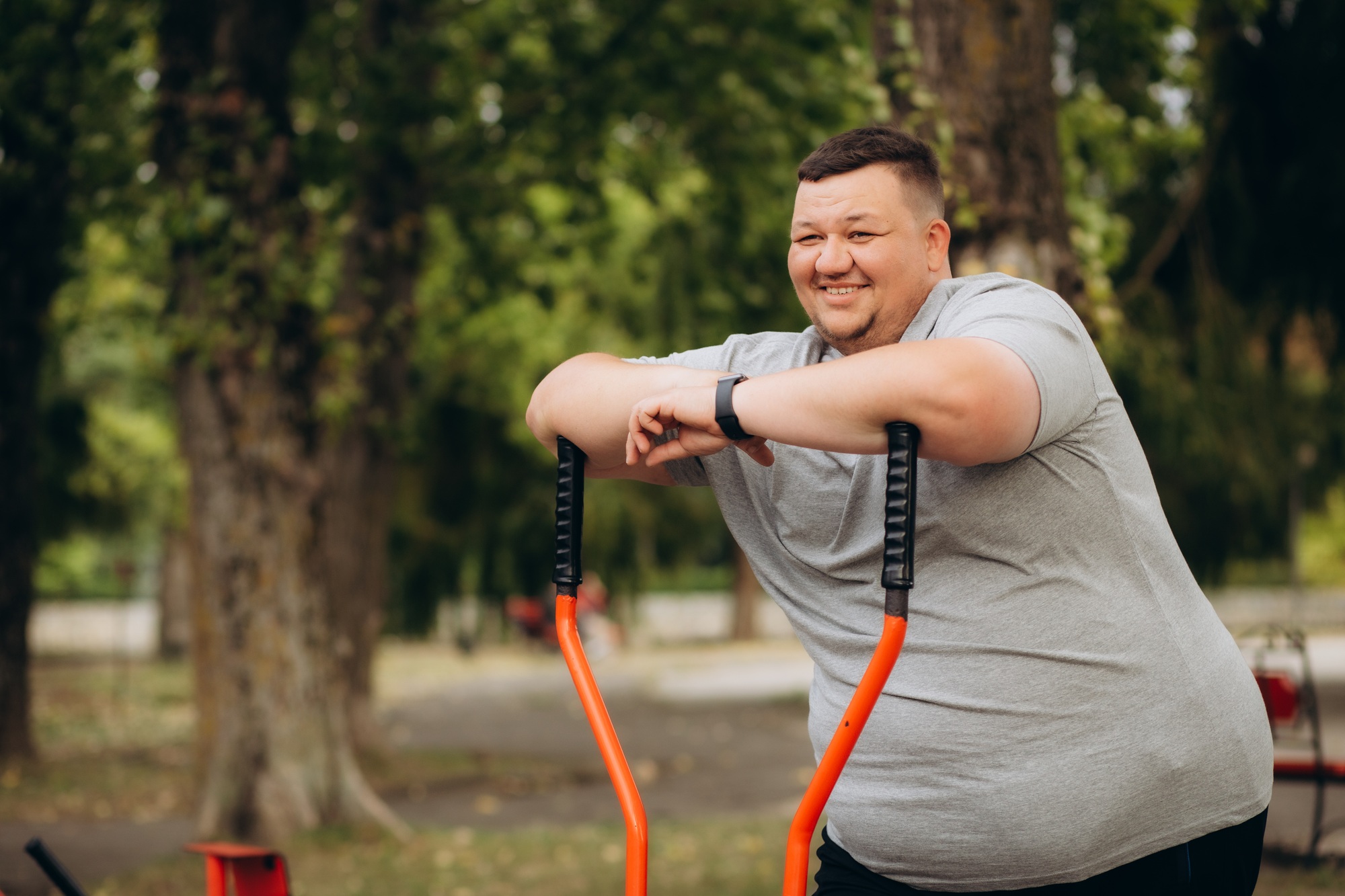Healthy eating often looks overwhelming: calorie math, macro ratios, conflicting internet advice. Yet clients who succeed share one common thread—a personalised, whole-food system that delivers quick “wins,” reinforces momentum and evolves into a sustainable lifestyle. This guide breaks down the key steps behind a proven weight-loss coaching program so you can replicate the process, whether locally or online.
1. Commit to Professional Guidance
The hardest step is admitting extra support would help. A brief online questionnaire funnels each client to a qualified nutrition coach who schedules a one-hour consultation. During that session, you’ll cover:
- Current energy levels, digestion and sleep quality
- Food dislikes or allergies
- Training routine (or lack thereof)
- Realistic time available for meal prep
This personalised intake cuts through internet noise and eliminates guesswork.
2. Measure—Don’t Guess—Your Metabolic Needs
Resting metabolic rate (RMR) testing or validated calculators establish an evidence-based calorie target. Undereating slows metabolism; overeating stalls fat loss. Knowing the number prevents both extremes. For reference, the National Institute of Diabetes and Digestive and Kidney Diseases offers a scientific overview of energy balance.
3. Customise Macros and Food Choices
Protein takes priority (≈ 0.7–1 g per lb of goal body weight) to preserve lean muscle. Carbohydrate and fat ratios flex according to preference—keto, Mediterranean, balanced, vegan—so long as the plan remains:
- Enjoyable: foods you actually like
- Practical: grocery staples, not exotic powders
- Nutrient-dense: minimal added sugars and ultra-processed oils
A hair-analysis test adds another layer by flagging food sensitivities before the first meal plan is written—reducing bloating and improving adherence.
4. Automate Meal Planning & Tracking with One App
Clients receive a weekly meal schedule plus a single-tap grocery list. When you follow Monday’s meals, one click transfers the entire day into the integrated food journal—no tedious manual entry. This automation frees mental bandwidth for cooking and training, not data entry.
5. Stack Small Wins for Rapid Motivation
Early successes—better morning energy, easier workouts, a looser belt notch—create a positive feedback loop. Each victory reinforces the next healthy decision, turning discipline into habit. Within weeks, many people report feeling “addicted” to the routine because the payoff is tangible.
6. Bi-Weekly Accountability Check-Ins
Every two weeks, you meet (in person or virtually) with your nutrition coach to review:
- Food-journal compliance (the app reveals accuracy)
- Body-composition or tape-measure changes
- Subjective markers: mood, sleep, cravings
Coaches provide encouragement—not boot-camp yelling—and adjust calories or meal variety as progress unfolds. Honesty is essential; hiding weekend cake binges only delays results.
7. Troubleshooting Plateaus the Smart Way
If fat loss stalls despite documented adherence, coaches examine hidden factors:
- Portion creep: sauces, dressings and oils add silent calories
- Hormonal issues: thyroid or cortisol tests may be warranted
- Sleep debt: chronic deprivation blunts leptin and ghrelin balance
Addressing the right issue prevents unnecessary calorie slashing.
8. Remote Coaching Works—Location Is No Barrier
All consultations, meal-plan updates and accountability calls can be completed via video chat. International clients follow the same cadence and receive identical support, proving geography shouldn’t limit your health goals. For example, Parkway Athletic Club offers a nutrition program that be completed remotely or in-person at one of their clubs in the Sparks/Reno and Carson City area.
Key Takeaways
- Start with a personalised calorie target—no more guesswork.
- Build meals around whole foods you enjoy; protein comes first.
- Use an app to automate grocery lists, recipes and food journaling.
- Celebrate small wins weekly to fuel long-term motivation.
- Stay honest during bi-weekly check-ins for rapid course correction.
Disclaimer: Information provided is for educational purposes and does not replace personalised medical advice. Consult a qualified professional before beginning any nutrition or fitness program.
Video Summary
To learn more about nutrition, fitness, and health from professionals and experts, visit our channel and subscribe: https://www.youtube.com/@Vitality-and-Wellness





